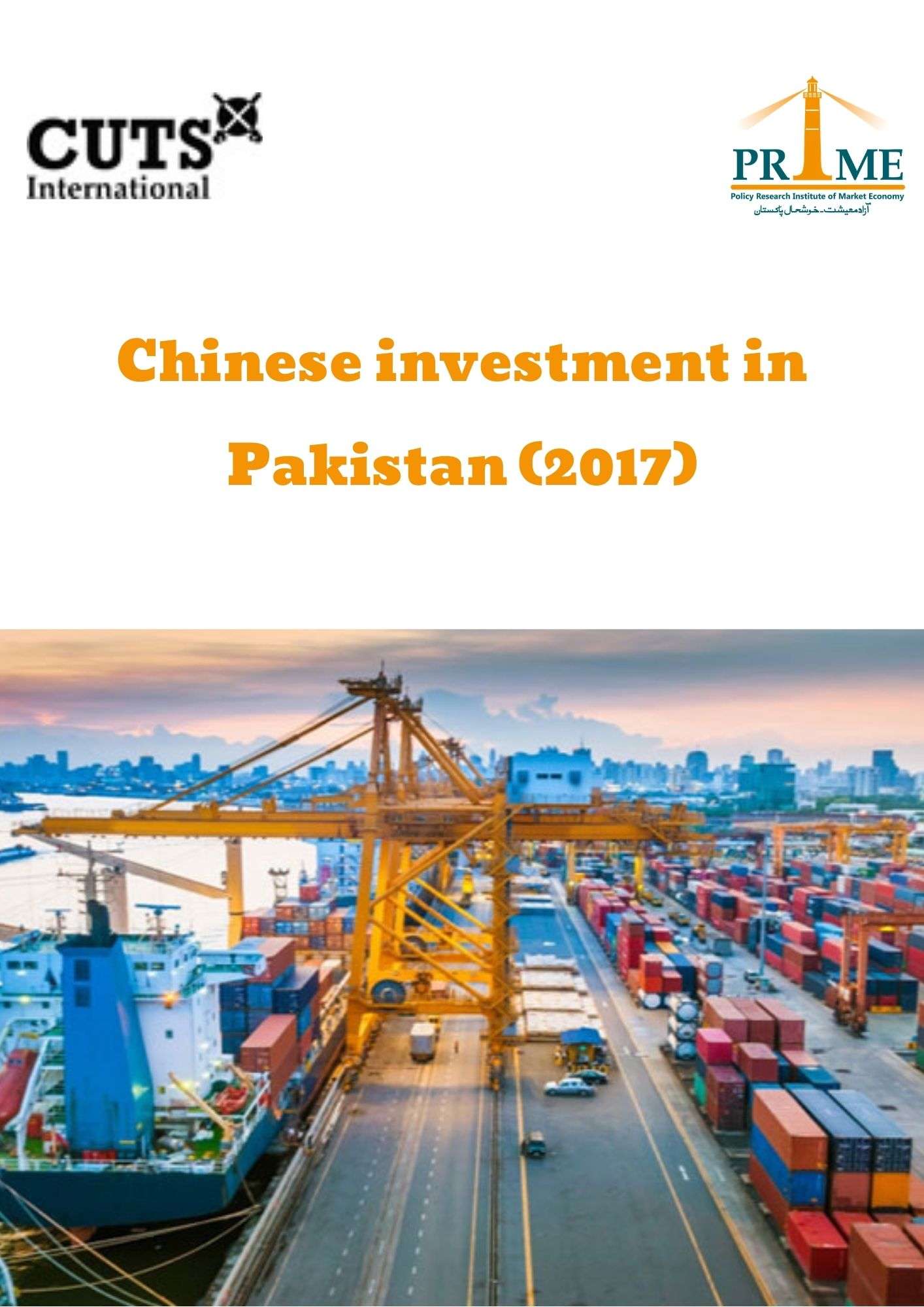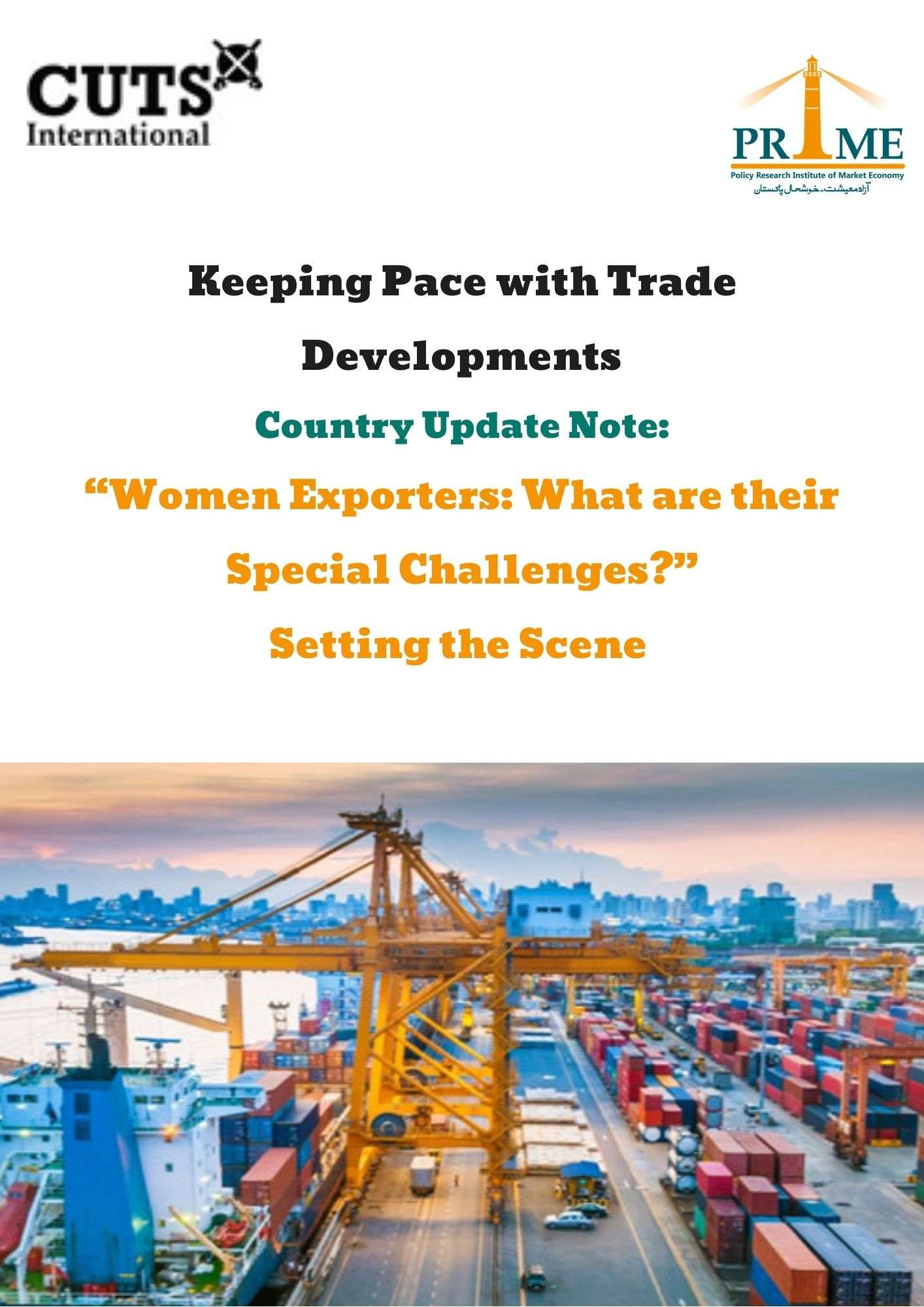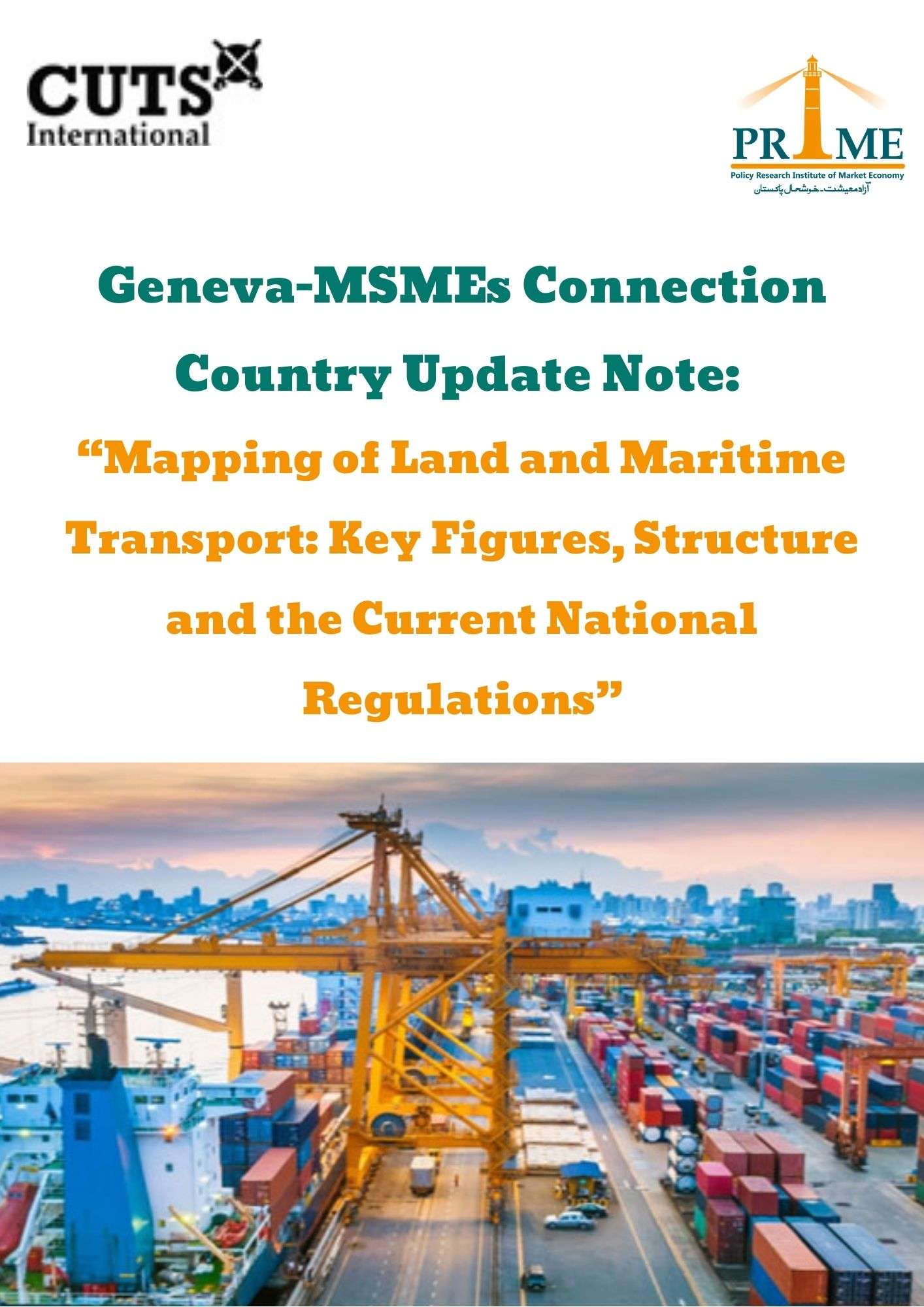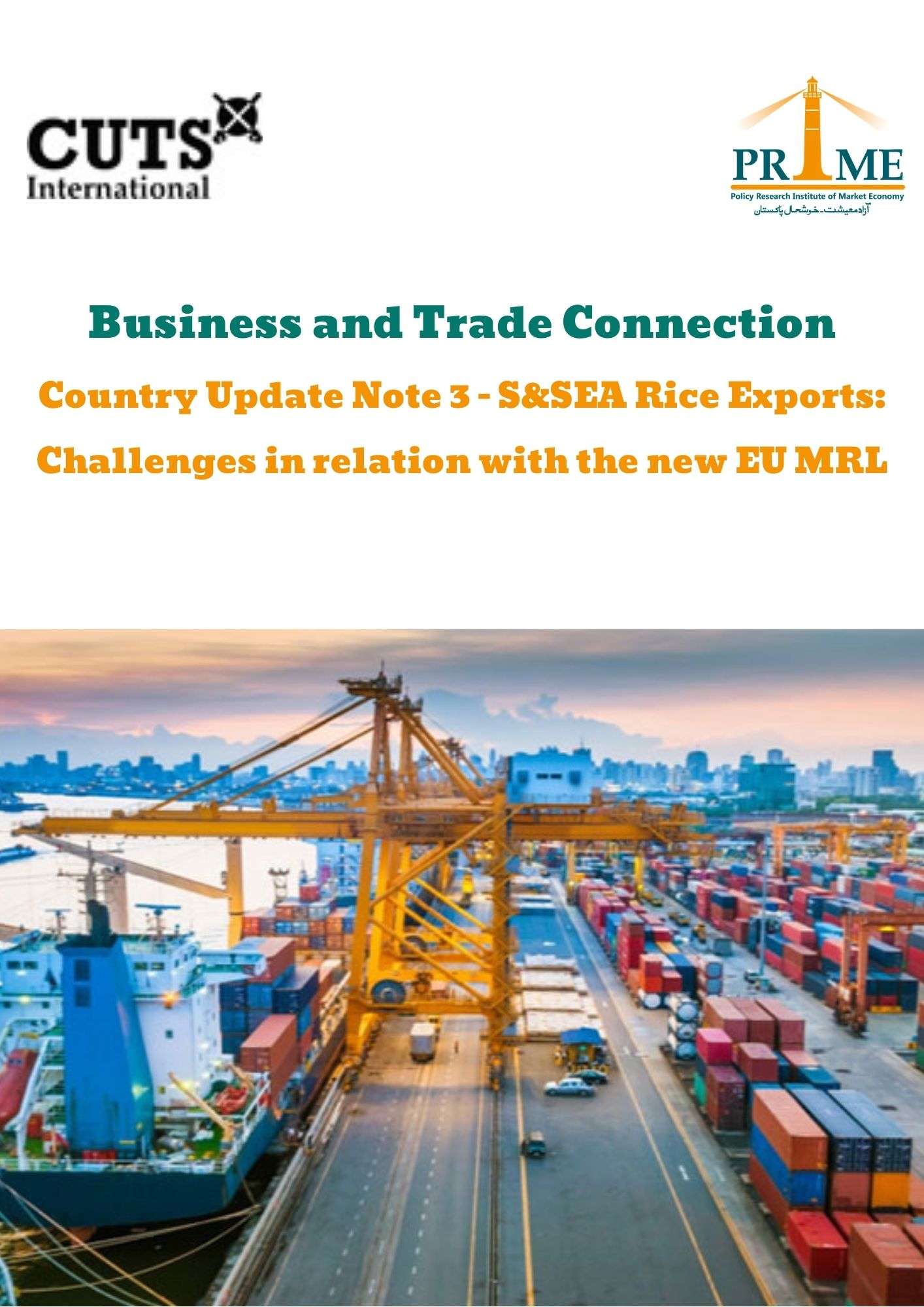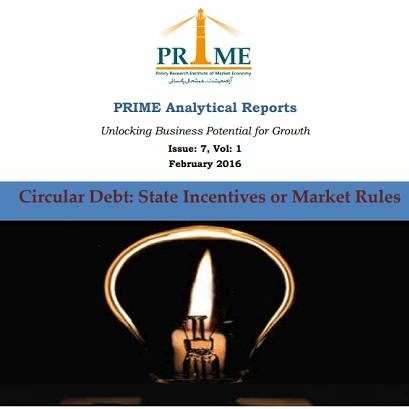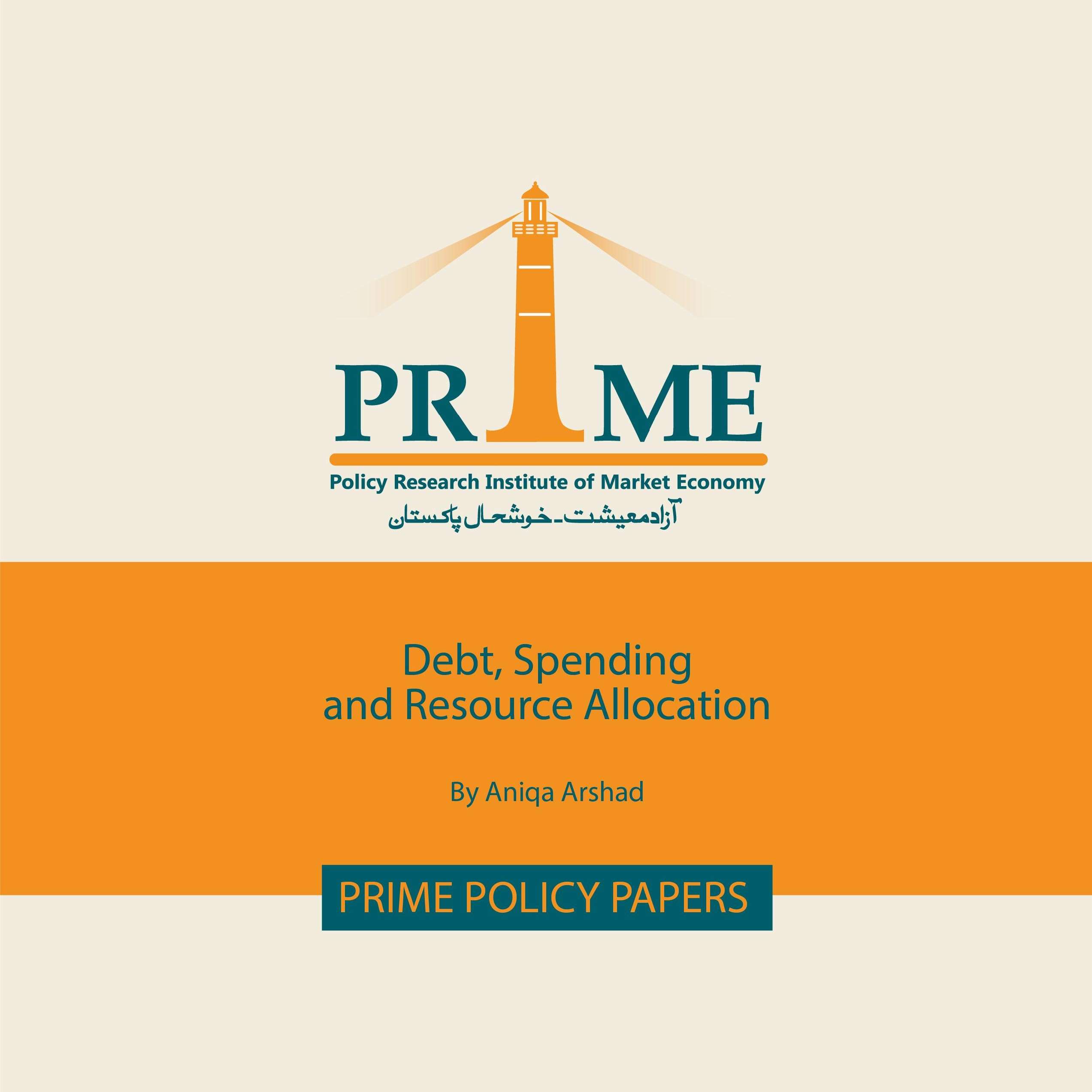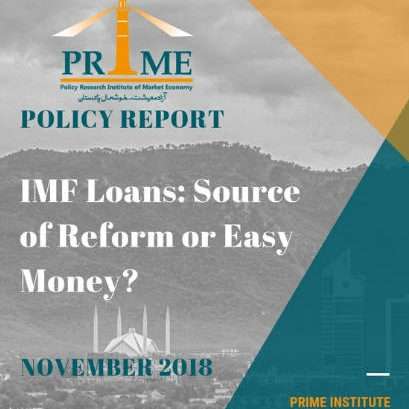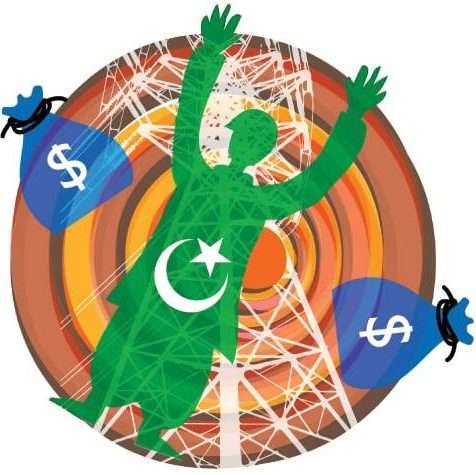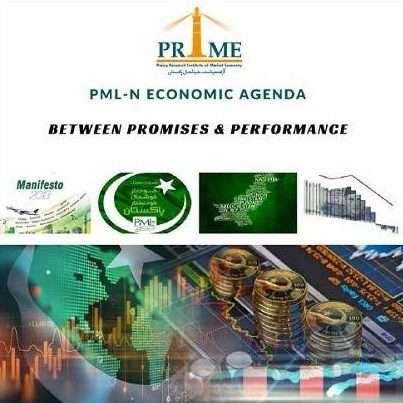Setting the Scene
Setting the Scene
This Country Update Note examines the constraints faced by Pakistan’s micro, small and medium-sized firms in exporting to Chinese market. It informs on the composition of Pakistan’s exports to China, distribution along firm size and across sectors, tariffs and non-tariff barriers and the use of trade preferences under Pak-China Free Trade Agreement (FTA) signed in 2007. The study uses a mix methodology. It analyses firmlevel export data for the recent period (from 1-1-2017 to 31-12-2018).

